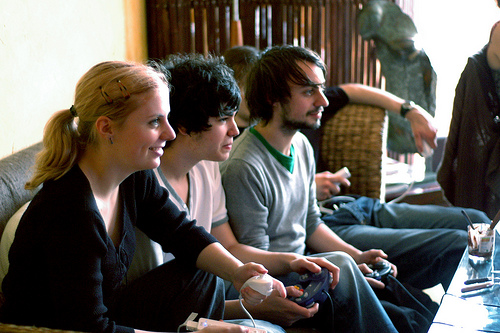I'm always impressed to read about how innovative educators are finding new ways to engage students.
In today's post "Teach Like a Video Game" on the Clean Apples blog, a high school English teacher discusses lessons he's learned from video games. Namely, that they give immediate and in-depth feedback on how players perform every time they play. For a teacher, this is a revelation. He writes:
"I should be focused on describing their performance more than evaluating their product. I should also be looking for more opportunities to do this in small, sometimes informal ways, while students are learning and give students a chance to reflect on the descriptions I provide. This way, they can apply these reflections and learn better. This way, assessment becomes less extrinsic – performing for a grade reward – and more intrinsic – performing in order to do better and learn more deeply."
The teacher also writes about using video game tactics like "micro-motivators" to connect with and praise students on their hard work.


